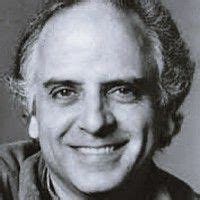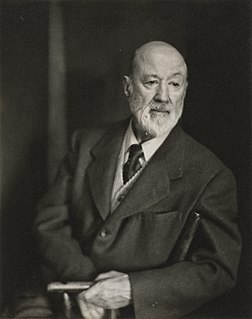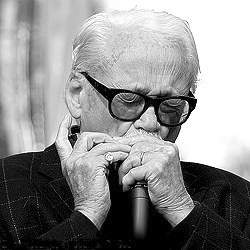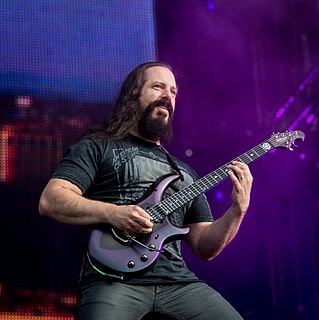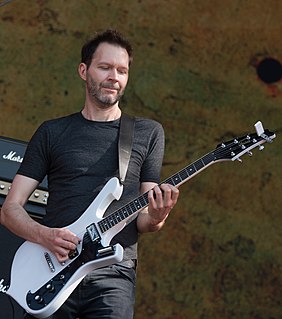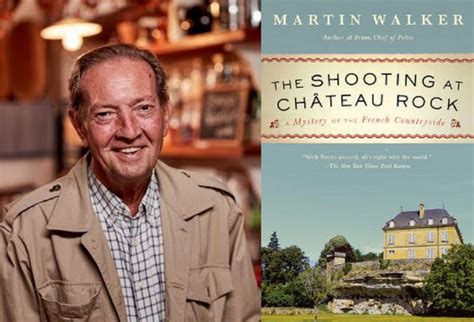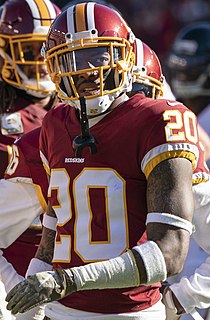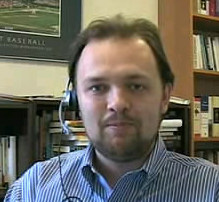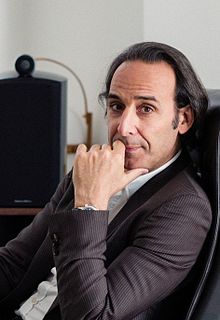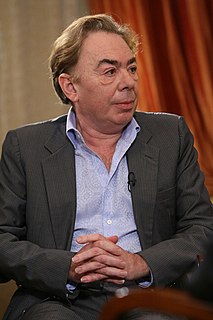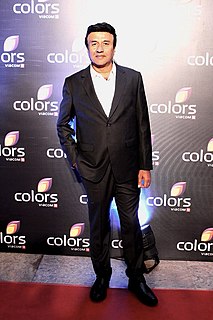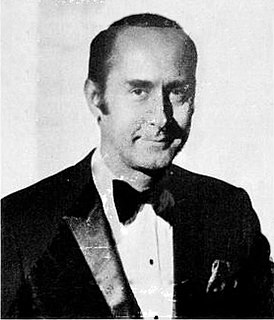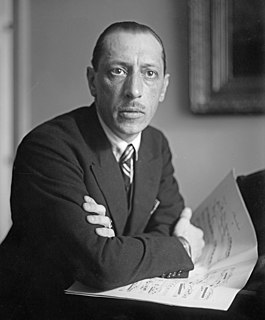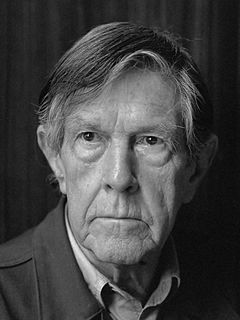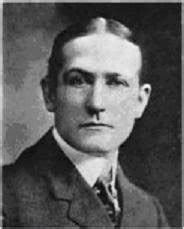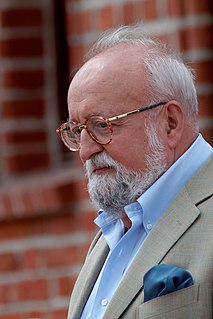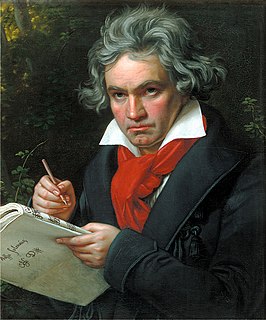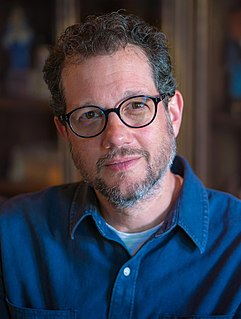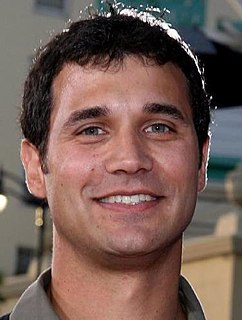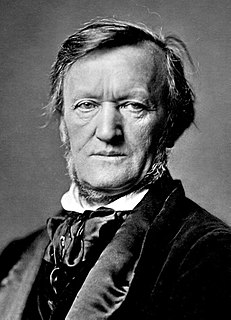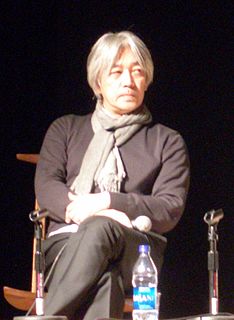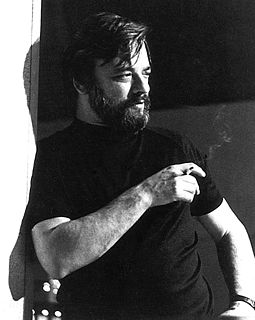A Quote by Paul Lansky
Sometimes I imagine that there's a binary division going on in contemporary practice that has to do with chromatic versus diatonic. I notice that I tend to listen in a diatonic sense, that I register a pitch as a member of a diatonic scale, even in a non-tonal context.
Related Quotes
Diatonic, he heard the word in his head. Chromatic, pentatonic, hexatonic, heptatonic, octatonic, each iteration of the scale opening innumerable possibilities for harmony. He thought about the Pythagorean major third, the Didymus comma, the way the intervals sound out of tune rather than as though they were different notes. This, he thought, was where his brilliance at mathematics bled into his love of music; music was the realm in which his mathematical brain danced.
There are, however, composers whose music can only be heard in a chromatic sense. George Perle, for example, wrote pieces that you might think of as leaning in a tonal direction but it's very hard to register a pitch as, say, the sixth degree of a scale, whereas in much of my music I think that's often relatively easy to do.
In some century to come, when the school children will whistle popular tunes in quarter-tones--when the diatonic scale will be as obsolete as the pentatonic is now--perhaps then these borderland experiences may be both easily expressed and readily recognized. But maybe music was not intended to satisfy the curious definiteness of man. Maybe it is better to hope that music may always be transcendental language in the most extravagant sense
My parents had a sidewalk cafe: every Sunday there was an accordion player and apparently I went through the motions, squeezing a shoebox. One of the regulars in 'the cafe said to my father: "I think you should get your son an accordion-that's what he's trying to do, with that shoebox." So they got me a little cardboard diatonic accordion-I still have it. I started to play the National Anthem, and things like that. It seems I was musically gifted-but my parents just never pushed in that direction.
Before Dream Theater took off I used to teach a lot, and one of the things my students often asked me was how to apply the chromatic scale to practical playing situations. You see, their other teachers would give them chromatic warm-up exercises without providing any explanation of how important and versatile this scale actually is.
Our peasant music, naturally, is invariably tonal, if not always in the sense that the inflexible major and minor system is tonal. (An "atonal" folk-music, in my opinion, is unthinkable.) Since we depend upon a tonal basis of this kind in our creative work, it is quite self-evident that our works are quite pronouncedly tonal in type. I must admit, however, that there was a time when I thought I was approaching a species of twelve-tone music. Yet even in works of that period the absolute tonal foundation is unmistakable.
It's so easy to practice out of context. For example, if you're learning a scale, you take that scale and you sit in your room and you go up and down the fretboard, over and over. You've gotta do that, because you need to get that scale working. But you have to keep in mind that that's not the finished product. That's the starting point.
A lot of people have a lot of things going on in their life. You'll be walking past ten people in the middle of the day and not even notice, but someone might have a family member that died, or someone might be going through a hard time. Sometimes you're the only person that someone might see that lifts them up.
Today, journalists more than any other cohort of professionals, are responsible for the confusion that surrounds power and its criminality in contemporary society. As Janet Malcolm said in another context, 'Every journalist who is not too stupid or too full of himself to notice what is going on knows that what he does is morally indefensible.'
When I was a kid, I remember I used to hide under the bed sometimes because I didn't want to go to practice. Even when I didn't want to go to practice, it could be pouring rain outside, and I'd be like, 'Yes, no practice today,' and my mom would be there, and we were still going, and we'd have practice under the pavilion.
Independent of the critique I'm making, I'm just trying to paint a more comprehensive portrait of American religion than you get from a right versus left, religious conservatives versus secular liberal, believer versus atheist, binary. Too often, we just look at religion in America through that kind of either/or lens. I think it's much more complicated than that.
